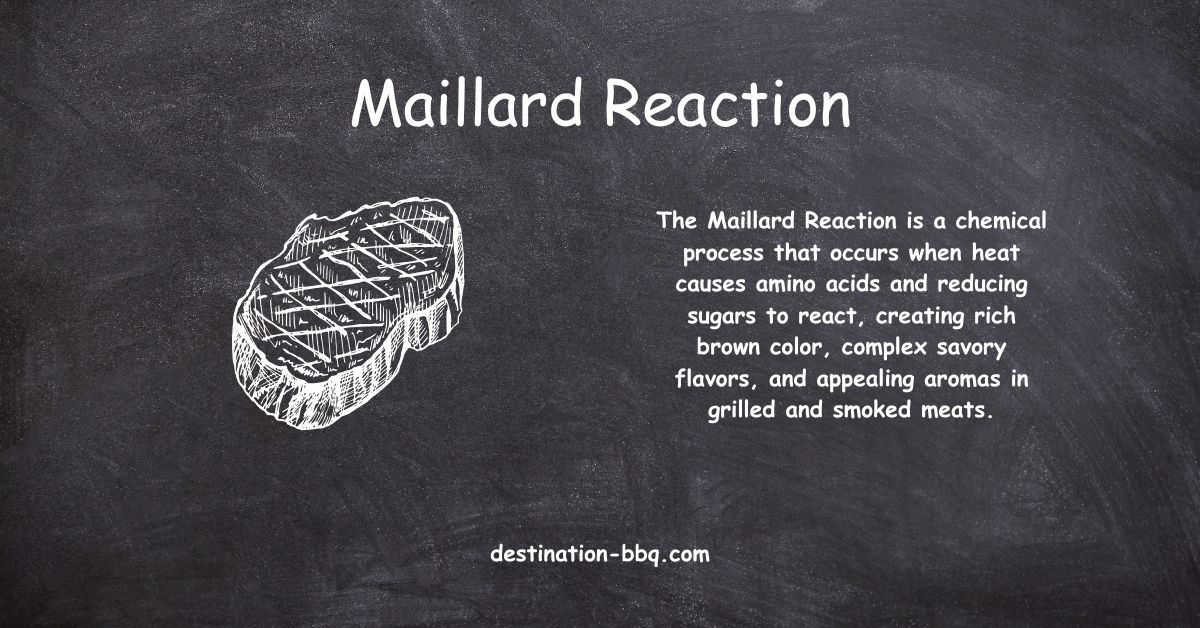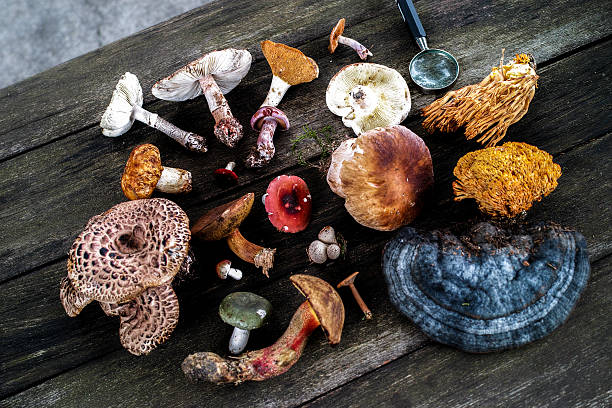Food Safety

Maillard reaction
The Maillard reaction is a complex set of nonenzymatic reactions between reducing sugars and amino compounds that produce characteristic browning, aromas, and flavors in heated foods. First described by French chemist Louis-Camille Maillard in 1912, it proceeds through glycation intermediates such as Amadori or Heyns products and ultimately yields polymers known as melanoidins. The reaction also underlies glycation processes in vivo and can generate compounds of toxicological interest, including acrylamide, during high-temperature cooking.

Mushroom foraging
Mushroom foraging is the practice of locating, identifying, and collecting wild fungi for food, study, or commerce. It combines field identification, ecological knowledge, and adherence to safety and legal frameworks to minimize risks from toxic lookalikes, contamination, and overharvesting. In many regions it is an important cultural activity and a contributor to non-wood forest product economies.

Steak
Steak is a thick slice of meat, most commonly beef, cut for quick, high-heat cooking methods such as grilling, pan-searing, or broiling. In culinary and commercial use, the term encompasses a range of beef cuts (ribeye, strip, tenderloin, T‑bone/porterhouse) as well as analogous slices from other meats and large fish. Standards for grading, specifications for named cuts, safe cooking temperatures, and health considerations are established by national agencies and scientific bodies.
U.S. Food and Drug Administration
The U.S. Food and Drug Administration (FDA) is a federal agency within the Department of Health and Human Services responsible for protecting and promoting public health by regulating foods, human and veterinary drugs, vaccines and other biologics, medical devices, cosmetics, tobacco products, and radiation‑emitting electronics. FDA’s modern regulatory authority stems from the 1906 Pure Food and Drugs Act and the 1938 Federal Food, Drug, and Cosmetic Act, and its headquarters is located on the White Oak campus in Silver Spring, Maryland.